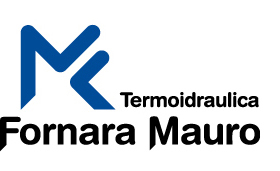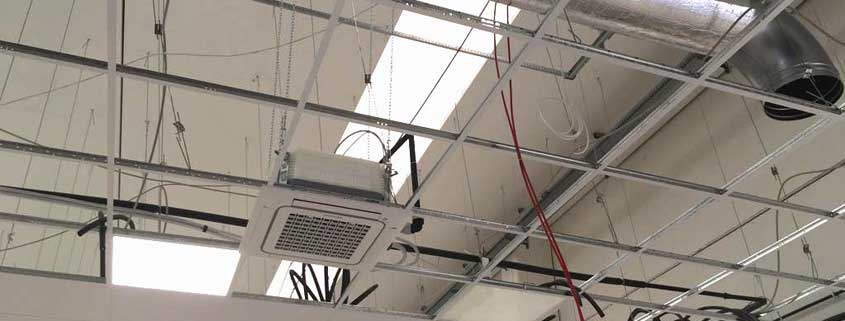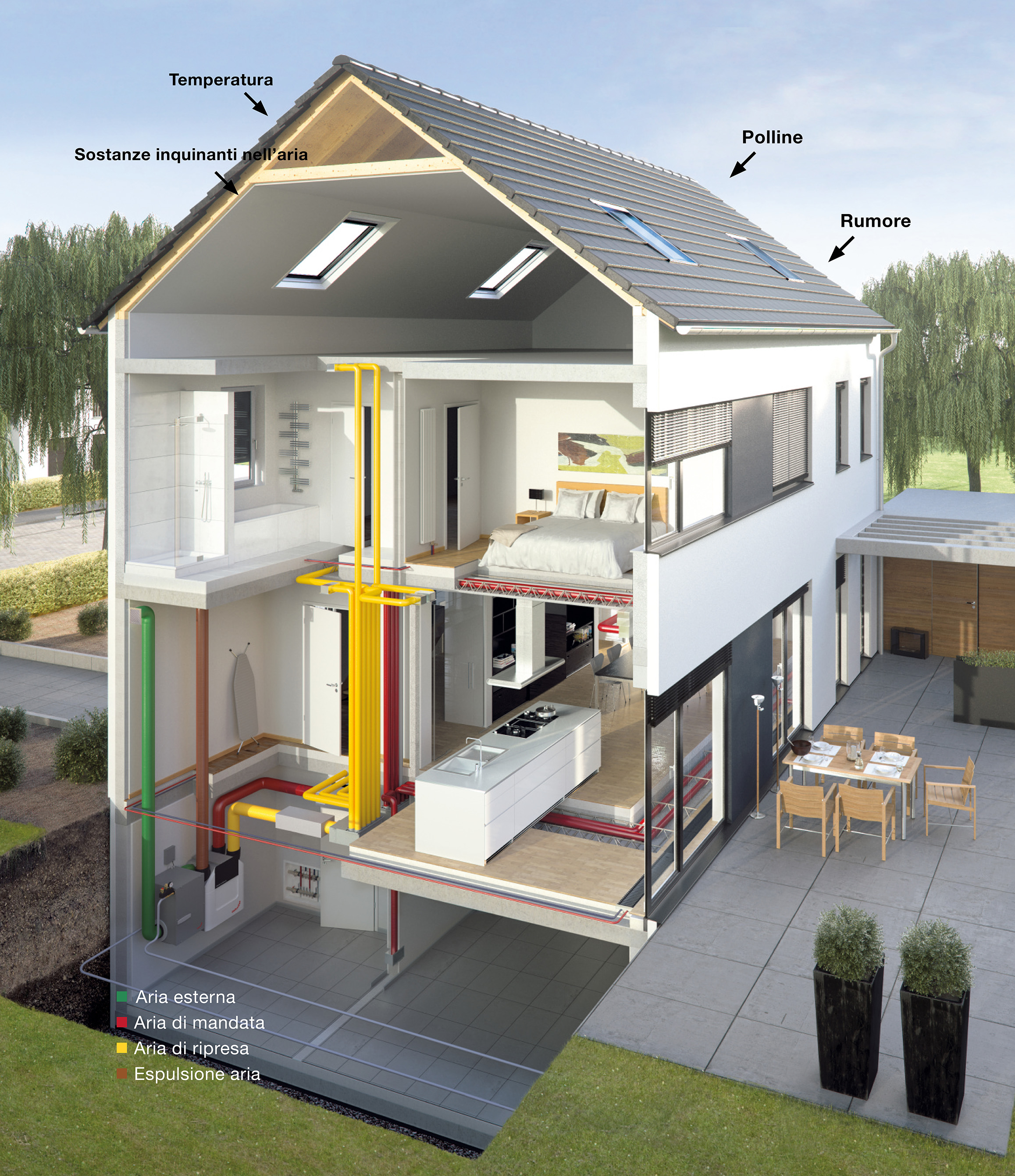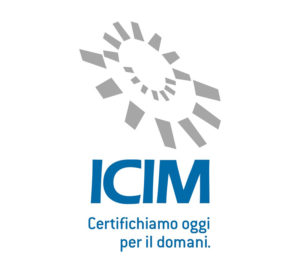CONTROLLED MECHANICAL VENTILATION SYSTEMS
CMV systems use technology to provide continuous ventilation of residences by “controlling” fresh airflow rates based on specific design requirements.
Your home will be constantly supplied with fresh air, and at the same time, moist air and cooking odours will be automatically eliminated through the forced air recirculation inside the closed home. Fresh, healthy air prevents illnesses caused by cold and is a primary requirement for good health. The system also filters dust, eliminates pollutants and pollen and blocks access by insects.
Well-being at home
By installing these types of systems, your home will be constantly supplied with fresh air, and at the same time, moist air and cooking odours will be eliminated automatically through forced air recirculation inside the closed home. Fresh, healthy air prevents illnesses caused by cold and is a primary requirement for good health. The system also filters dust, eliminates pollutants and pollen and blocks access by insects.
Not only is this solution recommended for spaces where windows must always remain closed, for reasons of noise or hygiene, it is becoming a necessity due to how modern buildings are built and sealed, as required by increasingly demanding regulations.
In controlled mechanical ventilation systems, the air is drawn in, filtered and pumped back in the rooms and bedroom. Fouled air in rooms such as the bathroom, shower and kitchen, which are the rooms most affected by the phenomenon, is changed through a heat exchanger. Today, modern ventilation systems can also be forced air heating systems, with all of the required thermal energy coming into the building from the outdoor air.
Controlled Mechanical Ventilation Systems meet the following needs:
- they ensure intake and outlet airflow in pre-established quantities;
- they ensure that these airflows can be modified according to environmental conditions (increase or decrease of moisture in the environment)
- they can provide air filtration, in two-way systems
- two-way systems can also recover the heat from expelled air.
Pre-heating and pre-cooling in the air
This is a mature technology that is combined with designer components that harmonise perfectly with interior spaces. Not only do these systems provide fresh, healthful air but it can also be pre-cooled or preheated. This heat recovery method provides an excellent internal environment in the rooms, the building, and for the inhabitants, as well as energy savings and enhancement of the value of the building. Being able to live with the windows closed eliminates disturbance caused by outside noise (road, rail and air traffic noise) without giving up the comfort of always having fresh and clean air in each room.
When heat exchangers are installed, fresh air taken into the system is preheated. The principle is very simple. The warm air vented outside, in ducts, passes its heat to the fresh air taken inside by the heat exchanger. The outside cold air is heated up through the transfer of the thermal energy. The heat exchanger takes up very little space because it is integrated into the ventilation system.
Another way to preheat air is by using geothermal energy. Air is drawn into the ground through a duct that is several metres deep. From there the fresh air warmed by geothermal energy is pumped into the home. In the summer, the building is cooled using the same effect. Controlled ventilation systems are not air conditioning systems. They can preheat cool air or cool warm air, but they do not add heat or cold or humidity to the air. Therefore, controlled ventilation systems use very little energy while providing a high degree of efficiency
Using these systems helps to contain the heat loss that occurs in traditional ventilation processes. Just opening windows as a ventilation method wastes energy because there is no control over the amount of air exchanged. Opening windows in the winter disperses the indoor heat and increases consumption.
Customised operation
These units are provided with an airflow-rate control so that operation can be personalised very easily. At the middle speed, the airflow will be suitable for standard conditions. When there are more people in the space or more pollutants, the maximum airflow can be used. The lowest speed can be used, for example, on weekends or holiday periods when the house is empty. The air exchange gives the certainty of returning to a home with clean fresh air inside and no odours or accumulated moisture in the building.
Saving money
In buildings that are built airtight, energy and therefore significant amounts of money are saved, thanks to the recovery of over 90% of the heat.



